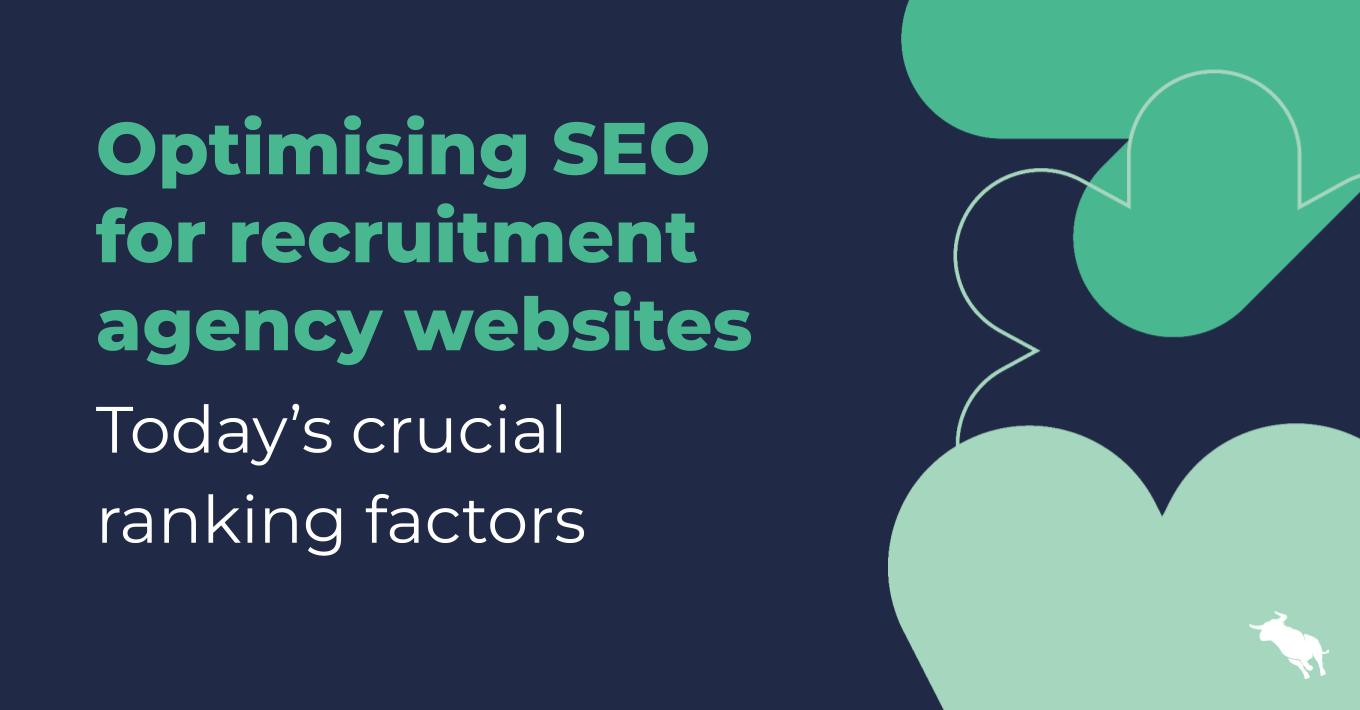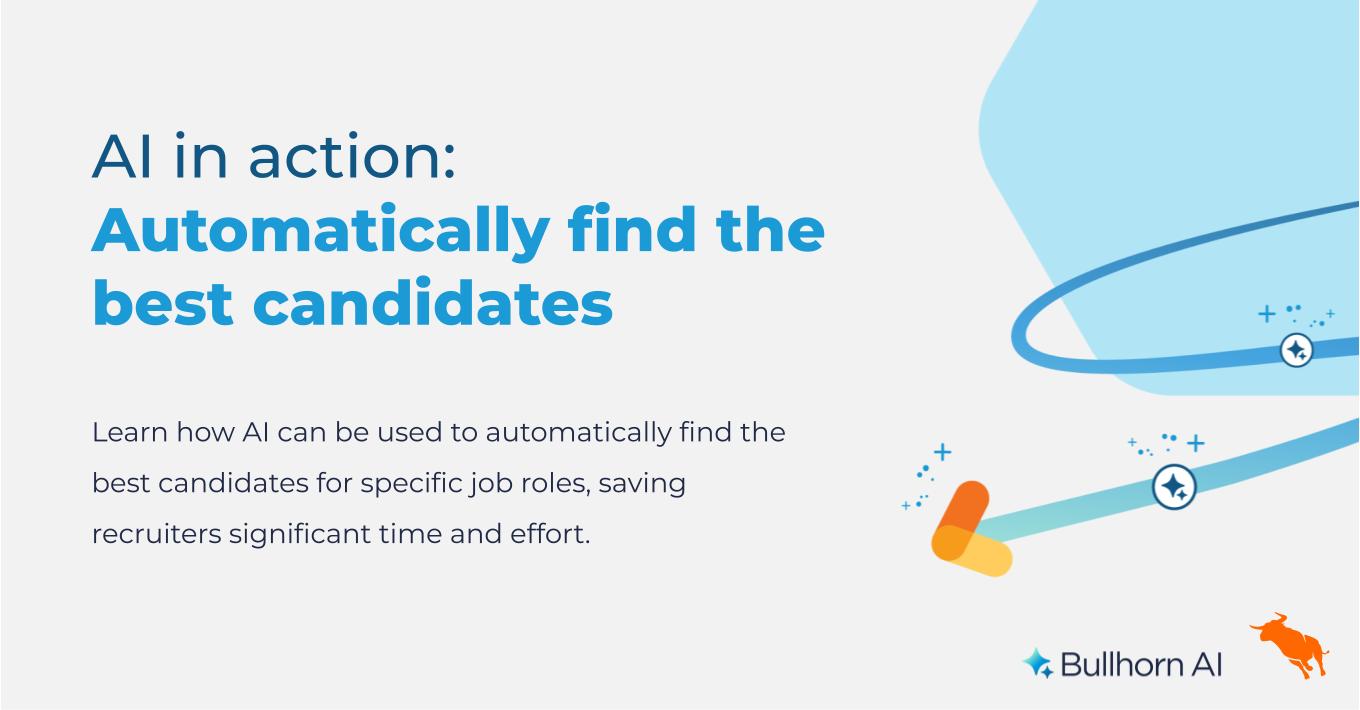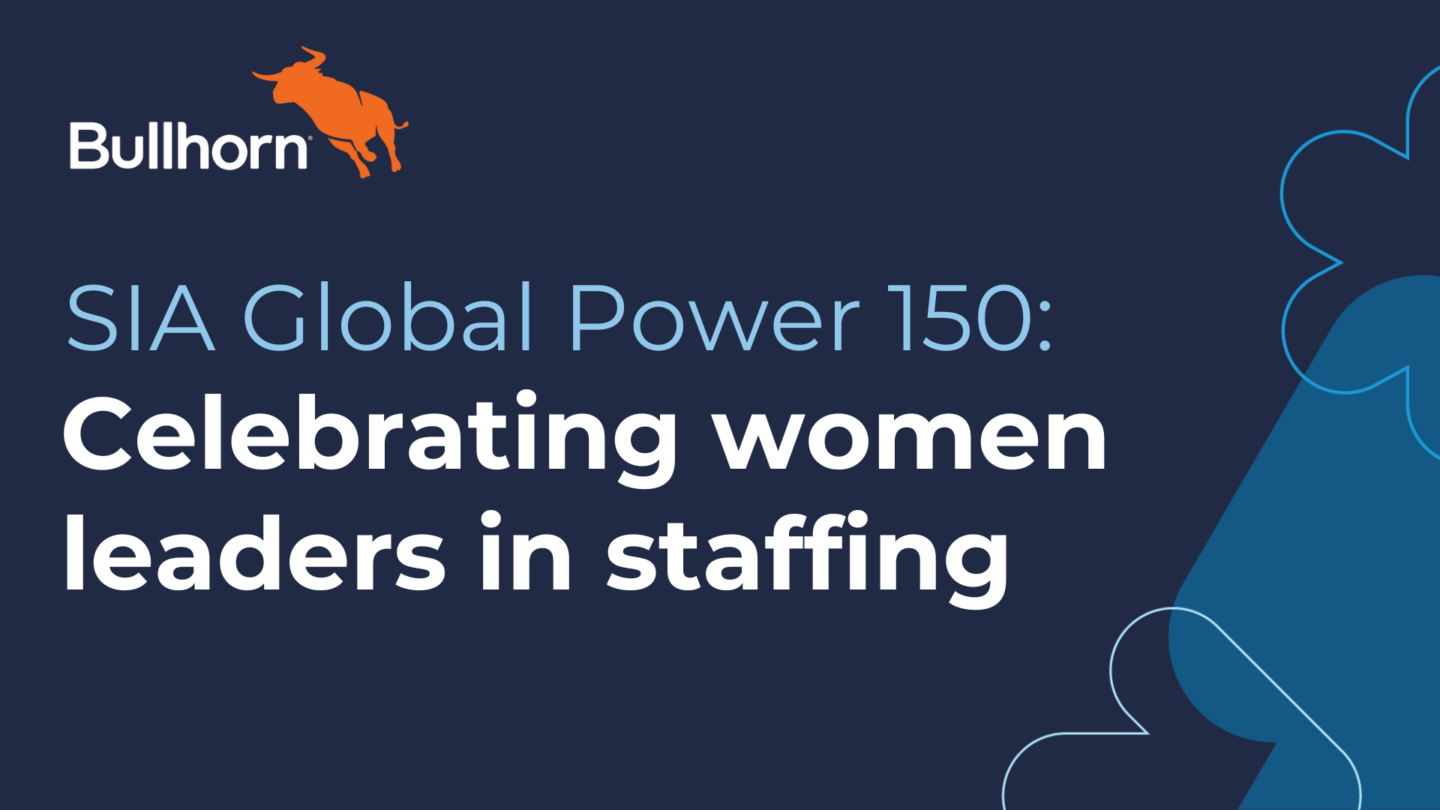5 Components of a Speedy and Agile Staffing Firm
Athletes train for speed and agility so they can move quickly while responding to unexpected obstacles. For recruiting firms, the need for speed and agility is just as great. In a rapid-paced industry that is constantly defined by change, recruiting firms have to prepare for unplanned challenges such as proactive actions made by competitors, an unpredictable economy, as well as changes that occur in the talent marketplace. How does one build a staffing firm with great speed and agility?
Here are five components that will help your firm achieve these benefits effectively in the recruiting process:
- Cloud-based Software: Cloud-based solutions are a way of providing your team access to the technologies they need more quickly. With a SaaS delivery model, the software is hosted by the vendor and accessible from anywhere with an Internet connection. It is also serviced, upgraded, and maintained (by the vendor) continuously versus forcing customers to wait for an upgraded version to be released with improved features. This means that you are always using the most up-to-date version and your IT team is free to focus on your core business.
- Recruitment CRM: The recruitment CRM market grew by 11% to nearly $1 billion between 2010 and 2011 (despite the recession) because they help firms do more with less. Implementing an ATS is an ideal way to streamline processes and reduce unproductive time. The right ATS should give you an efficiency advantage that enhances your existing workflow (instead of reinventing it).
- Mobile Access: Mobile access to the ATS allows recruiters and salespeople to be armed with up-to-the-second information about clients and candidates, giving them better insight for on-site meetings. 83.9% of staffing professionals recently said they consider a mobile Recruitment CRM important, according to Bullhorn’s 2013 North American Staffing and Recruiting Trends Report. Mobile access is critical to sales and account management functions more so than to recruiters because it gives them the ability to provide better client service and it gets them started on job orders more quickly.
- Actionable Data: Your team’s activities generate a great deal of data each day, but there is not much power in the data alone without the analysis to provide insight into how your company is truly performing. Even companies with data analysis software often miss out on the true potential of business intelligence if they don’t take the critical step of moving from insights to action. Using actionable data, companies can improve efficiencies and create business strategies that achieve benefits like speed and agility. For example, a placement funnel report will show you the number of job orders that eventually become placements, with conversion rates for each step in the process. You can use this report to determine your firm’s weakness in the recruiting process.
- Collaborative Culture: Even if you have the right tools in place, they have limited utility without a collaborative culture to support it. It’s important for your staff to work collaboratively as a team in order to perform at maximum capacity. If employees are working independently, then they don’t learn from each other’s mistakes. It’s up to executive leadership to instill a collaborative culture within the organization. Be transparent with your data. Understand what your most efficient recruiters and salespeople are doing and then share those efficiencies with the rest of the team. Effective collaboration maximizes your employees’ time, talent and tools to create value.
This Bullhorn Blog post was written by Ashley Healy.
Ashley Healy specializes in integrated marketing communications and a wide range of marketing activities including social media management, SEO copywriting, content marketing, promotional strategies and employment branding. She previously worked as Content Marketing Manager at Bullhorn and prior to that, as a copywriter and marketing coordinator at Verndale, a full-service digital agency.




